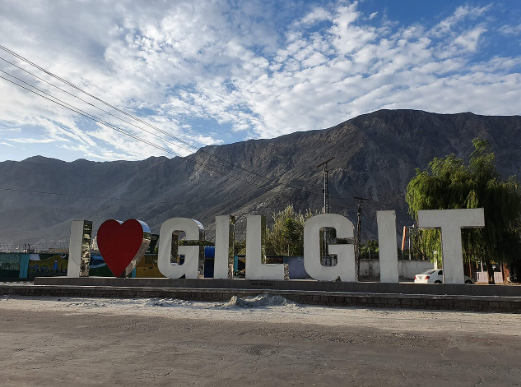Tourism in Gilgit- Baltistan( GB) has suffered a ruinous collapse this time, with advents from both transnational and domestic trippers falling by nearly 90%, according to original officers. The decline is attributed to a blend of climate- related disasters, geopolitical pressures, and nonsupervisory controversies, leaving businesses heavily reliant on tourism floundering for survival.
Sajid Hussain, assistant director of the GB Tourism Department, revealed that only 270 international climbers tried major peaks similar as K2, Broad Peak, Gasherbrum- I, Gasherbrum- II, and Nanga Parbat this time. In a discrepancy, over 2,000 foreign climbers came last time. Severe rainfall — marked by avalanches, rockfalls, and strong winds forced numerous to abandon peregrinations without summiting. Official numbers show just 40 climbers summited K2, 25 summited Nanga Parbat, and only a dozen gauged Gasherbrum- I.
Iqbal Hussain, director of the department, said that in 2023, GB hosted about 24,000 foreign excursionists without permits and over one million domestic tourists. This time around, both figures have plunged, raising alarm among authorities and drivers.
Tour companies point to multiple factors for the steep drop; discourse over permit figure hikes, rising Iran- Israel pressures, continued tension between Pakistan and India, and increasingly uncertain weather conditions of the region.
Local communities dependent on tourism are feeling the strain. A tea seller on the Karakoram Highway described going days without guests. Hotel Inns, transport providers, shopkeepers, and porters also report abating income, emphasizing the region’s fragile reliance on seasonal tourism.
With arrivals at record lows, stakeholders warn that without stability, improved management, and climate preparedness, Gilgit-Baltistan’s tourism-driven economy faces deepening hardship.
Share this content:










Leave a Reply